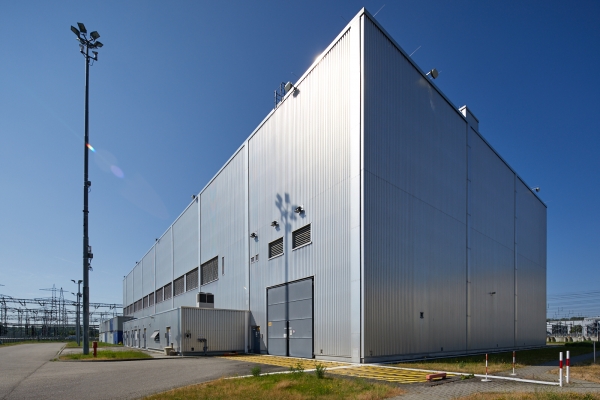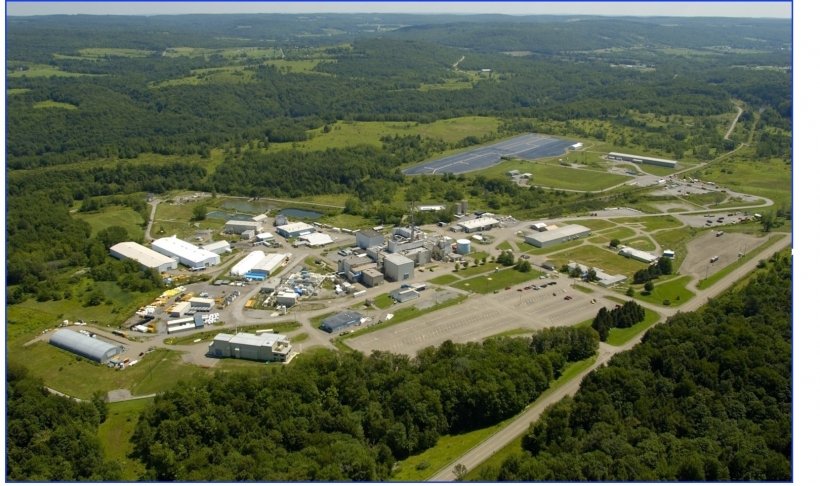Orano completes removal of Crystal River-3 RPV

The first piece of Crystal River-3’s reactor pressure vessel is lifted from the reactor cavity. (Photo: Orano)
The cutting and conditioning of the reactor pressure vessel (RPV) and internals belonging to the pressurized water reactor at the Crystal River-3 nuclear power plant in Florida has been completed, the Orano Group has announced. Finished in under two years, removal of the RPV marks the conclusion of the plant’s dismantling and spent fuel management project, which began in 2021.
Crystal River-3 is being decommissioned by Advanced Decommissioning Partners (ADP), a joint venture of Orano and NorthStar Group Services. Duke Energy transferred the licenses for Crystal River-3 to ADP in October 2020 for accelerated decommissioning.
Optimized process: Orano’s Dismantling and Services teams carried out the cutting and conditioning of the reactor vessel and primary circuit components using a patented segmentation process called “optimized segmentation,” according to the company.









